Azelaic acid: the skin calming ingredient loved by acne, rosacea and pigmentation-sufferers
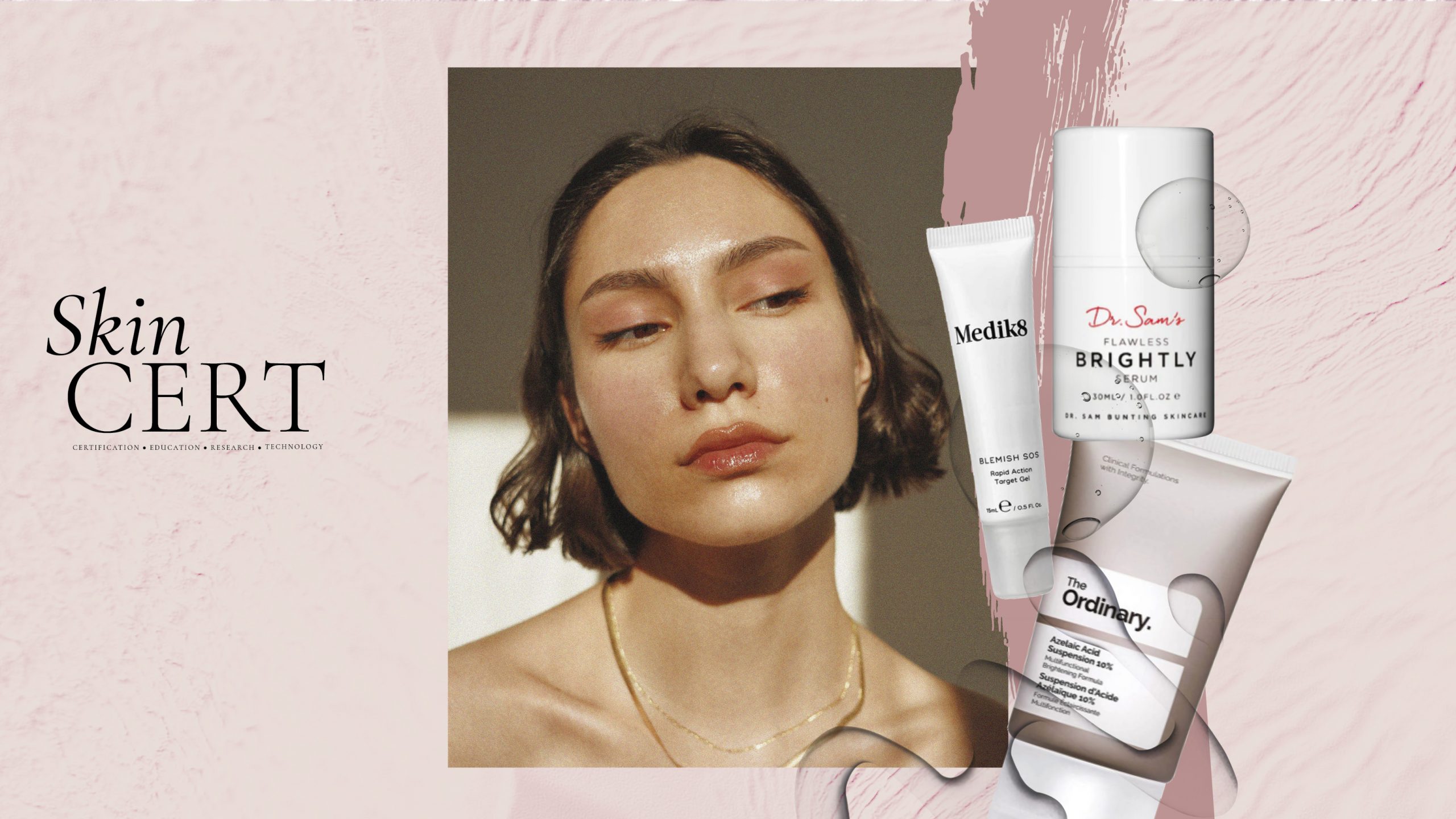
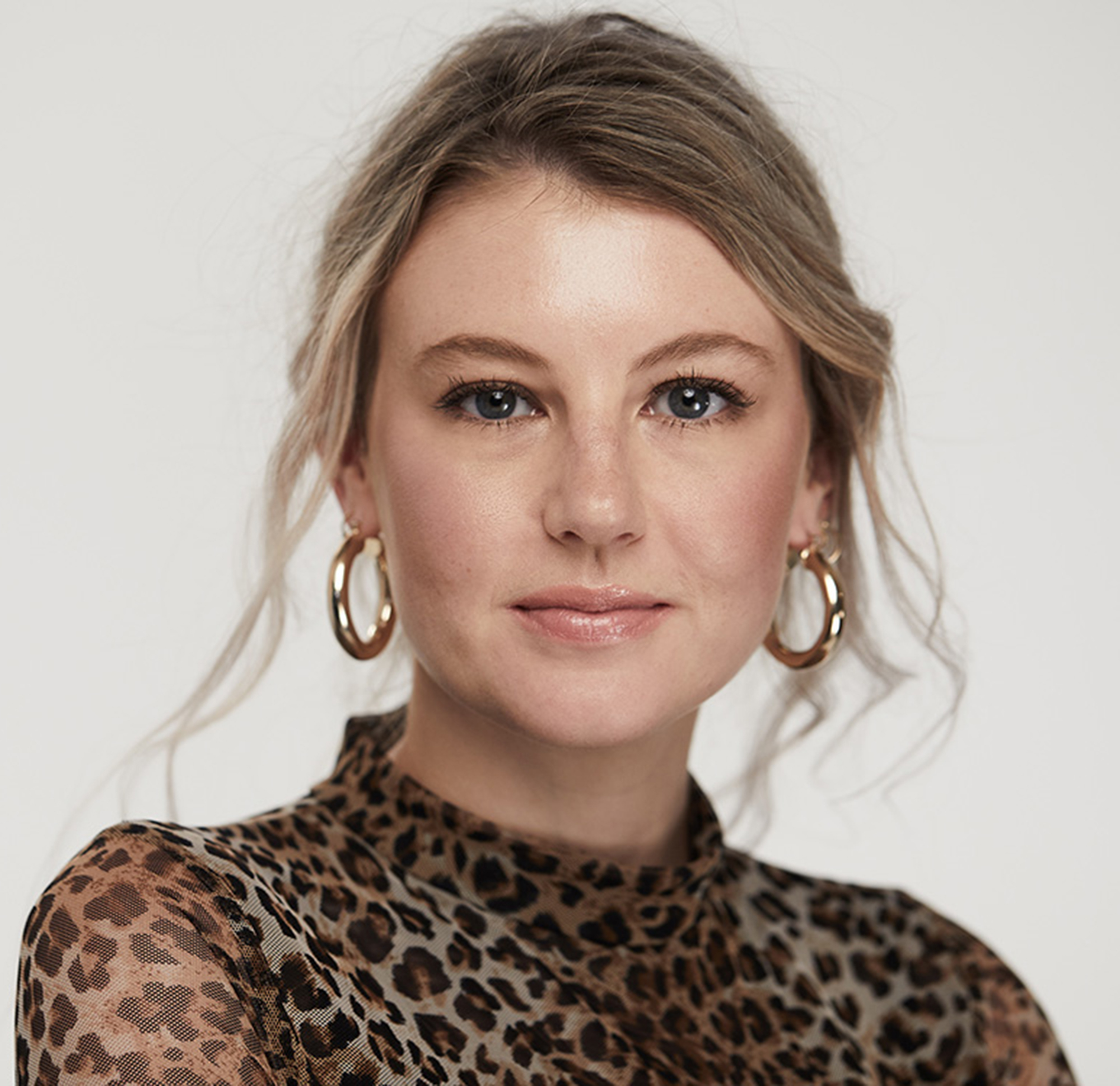
The skincare industry keeps growing at a rapid speed. There are now more brands than ever, must-have products each day and ingredients that promise the world. But when we were told by one person that azelaic acid had been a 'gamechanger' for their rosacea we knew we needed to know more.
What is Azelaic Acid?
Azelaic acid is a dicarboxylic acid. It's produced naturally by yeast that lives on healthy skin. For the purposes of skincare, it's made from grains such as barley and wheat.
It is a much-loved ingredient for those that have acne-prone skin, rosacea and hyperpigmentation, as it works well as an efficient treatment against all three.
A slosh on the skin has the same effect as a mild, leave-on exfoliant. It helps to unclog pores, making it the best acne treatment, and leaves the skin's surface impossibly smooth.
'One of the main uses of azelaic acid is to block the enzyme tyrosinase,' says medical and cosmetic consultant dermatologist Dr Anjali Mahto. 'Which causes excess melanin and uneven brown patches on the skin.' (Much in the same vein as a brilliant hyperpigmentation treatment.) 'As a result, it can also fade some of the marks left behind after acne.'
However, it also has a brilliant anti-inflammatory effect. 'This is especially useful for taking down redness in rosacea and spot-prone skin,' adds Mahto. 'In addition, it reduces 'follicular hyperkeratinisation - the abnormal shedding of skin cells, which is a key issue for acne sufferers.'
This is where our conversation with make-up artist Rose Gallagher, who has rosacea, comes in. 'Azelaic acid for me was the gamechanger in my rosacea treatment. It's the one ingredient that has not only changed the texture of my skin, but I also feel like my skin is less red. I still have my flare-ups, but some people will actually say "you don't look like you have rosacea" when I'm having a good skin day. And that is all because of azelaic acid.
Marie Claire Newsletter
Celebrity news, beauty, fashion advice, and fascinating features, delivered straight to your inbox!
Benefits of using it in your skincare routine
Azelaic acid can be prescribed in two concentrations: 15% (Finacea) and 20% (Skinoren). There are also over-the-counter creams and gels at 10% or less.
On the upside, even in lower concentrations, it delivers where skin freak-outs are concerned.
One study published in the Journal of Medical Sciences revealed that all 40 participants who used a 10% gel saw their mild to moderate acne improve after just eight weeks.
As with all acids, your skin may be more sensitive to UV rays. So Mahto emphasises the importance of incorporating an SPF into your morning skincare routine.
Here's the Marie Claire edit of the best products with azelaic acid...
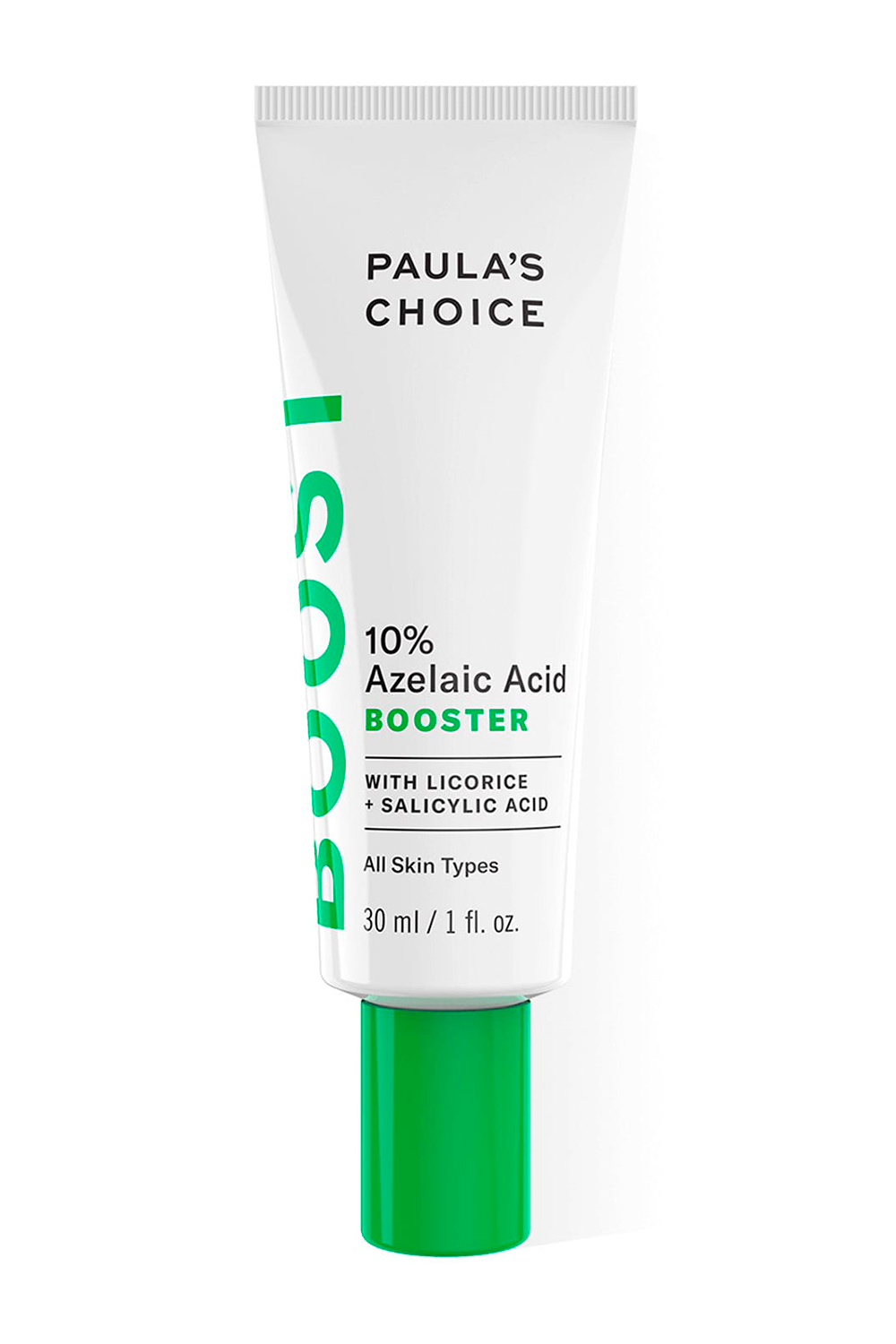
Ideal for those who want to play it safe with their acids. It also satisfies those who lean on multi-tasking products. Together, azelaic and salicylic acids tackle rough skin, dullness and spots in a gentle way.
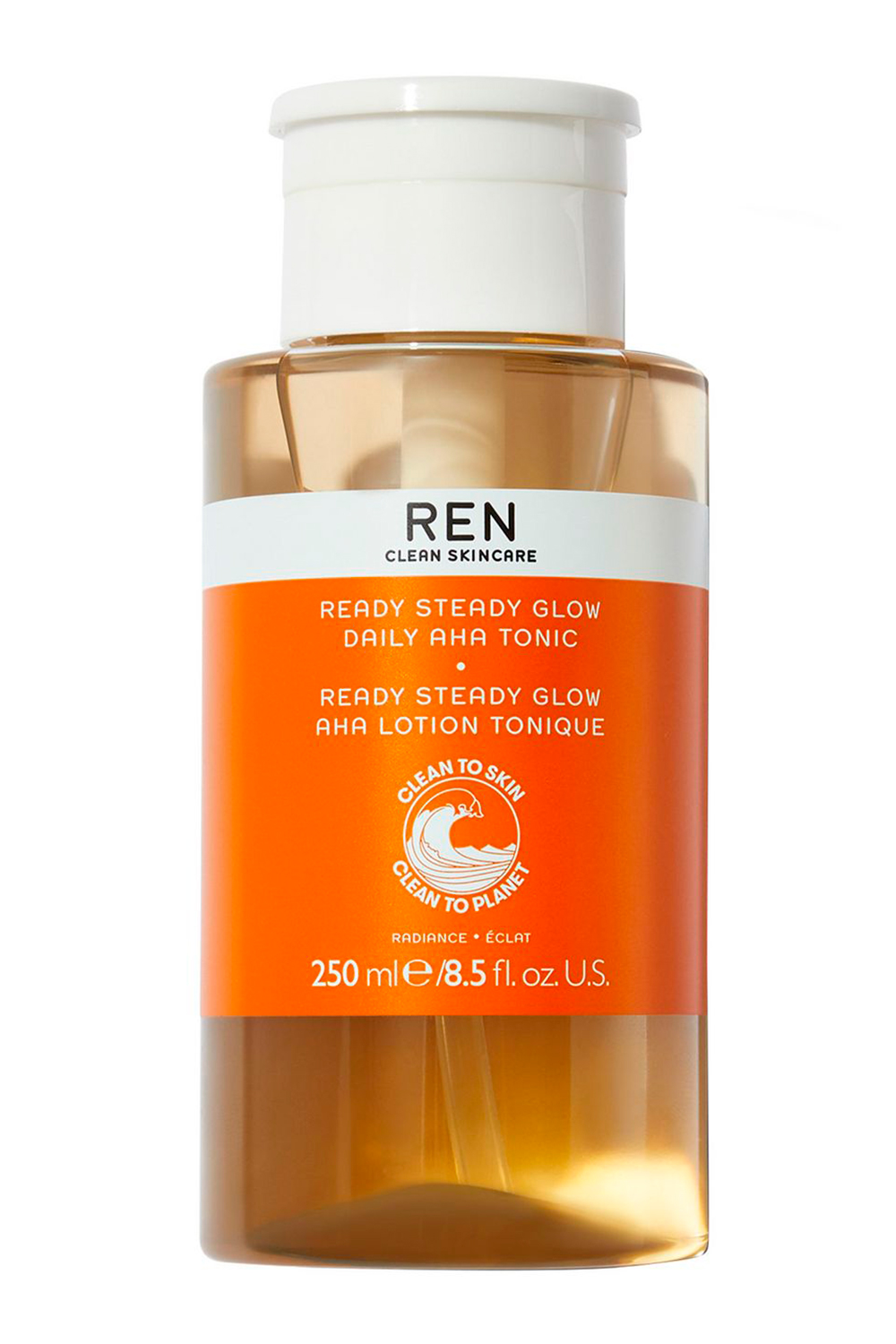
This liquid exfoliant uses the triple threat of azelaic acid, lactic acid and BHAs to tackle dull skin and uneven tone. Also noteworthy: the packaging is a 100% post-consumer recycled plastic bottle.
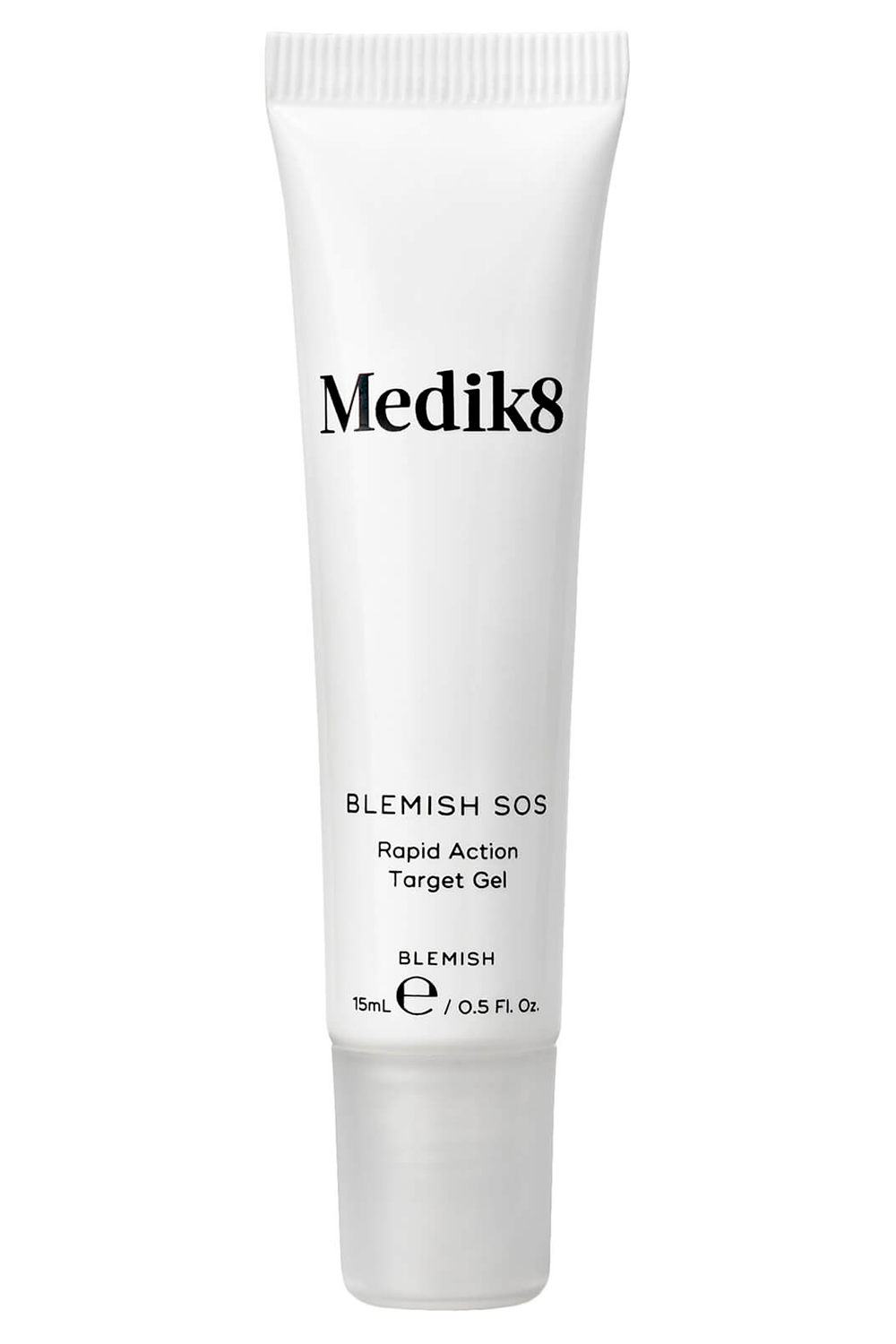
Whether your breakouts are stress-related or the result of wearing a mask, these acne-fighting ingredients - azelaic acid, salicylic acid, niacinamide - ensure a blemish will be much smaller and less red by morning.
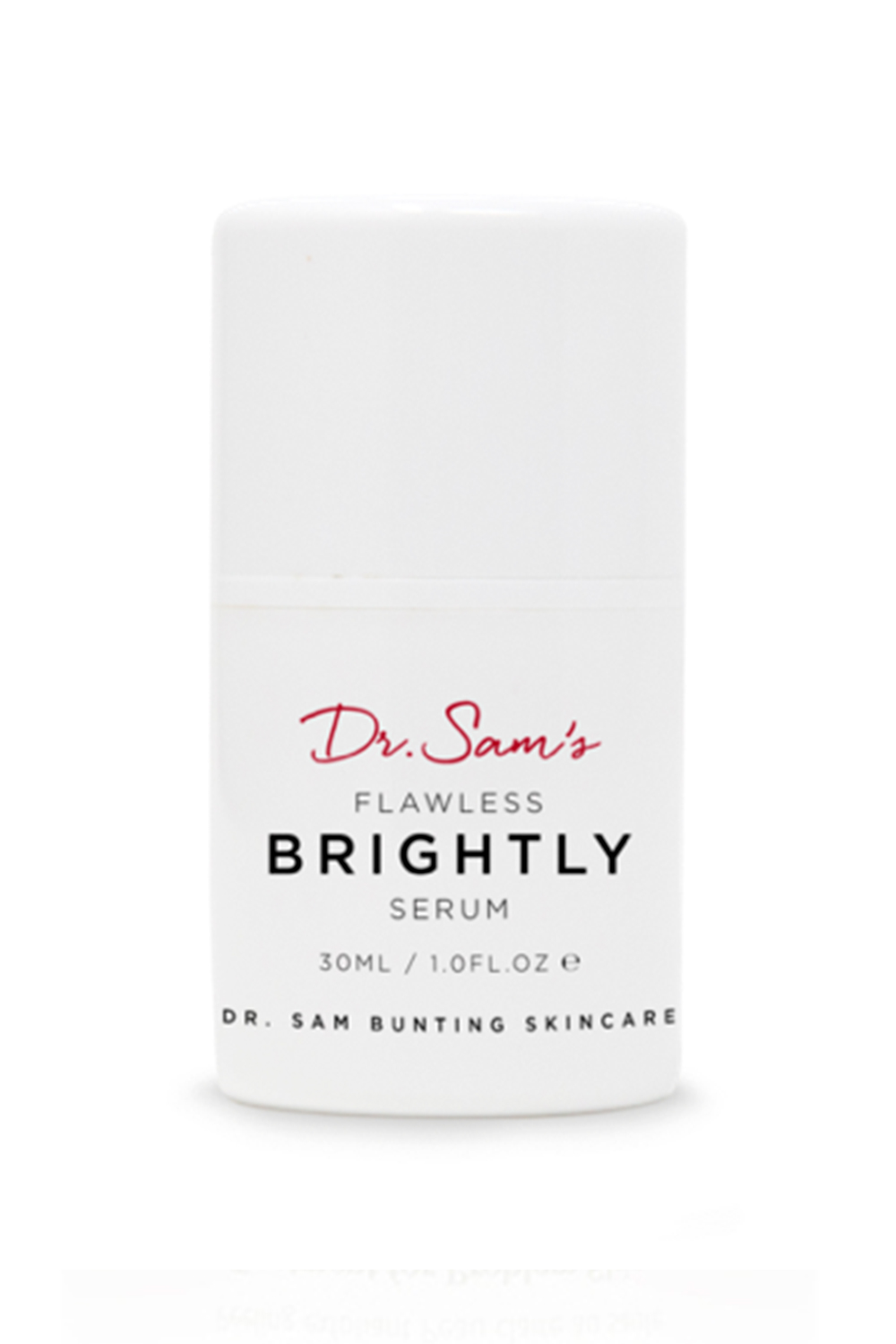
10% azelaic acid, bakuchiol (the natural retinol alternative) and soothing niacinamide join forces in this daily serum for seriously lit skin.
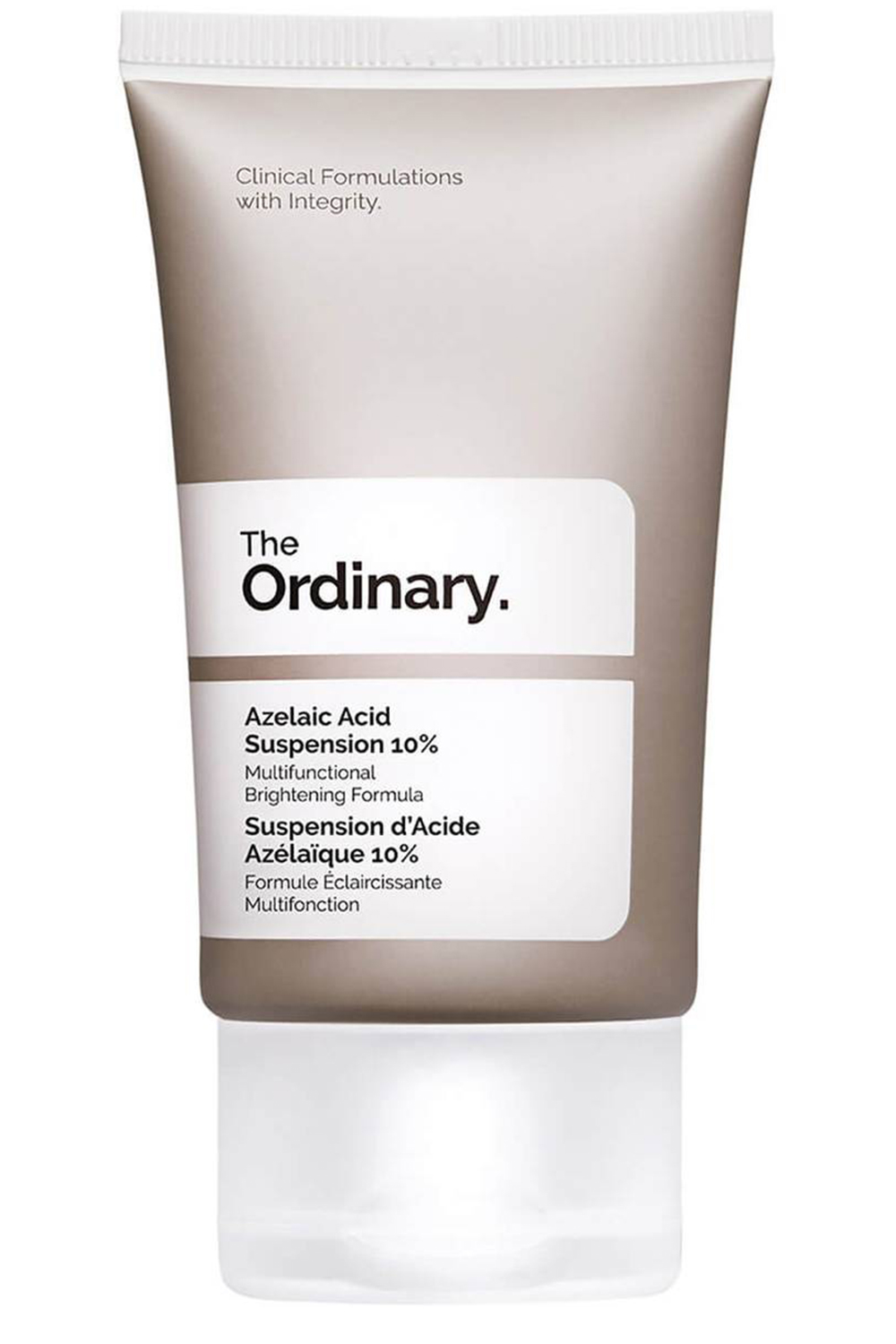
A really good entry point for those wanting to try azelaic acid at a high percentage for the first time. It has silicone in it, so it feels a little bit like a make-up primer so it might feel too heavy to use at night for some people.
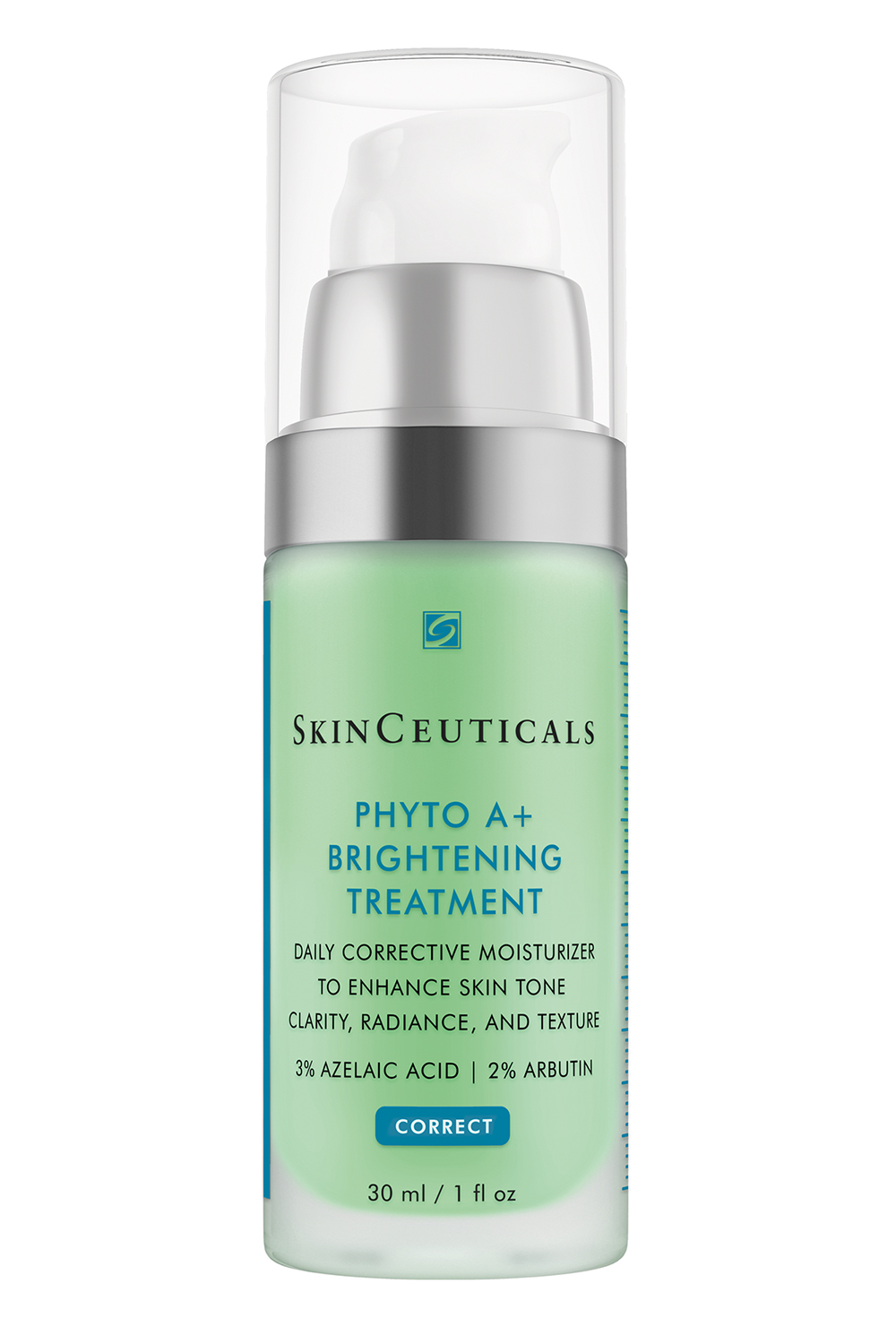
This is a hydrating moisturiser that utilises the power of azelaic acid and alpha arbutin (another brightening ingredient that evens out skin tone) that together help reduce redness and dicolouration. It is on the pricier side, but we trust Skinceuticals implicitly so it's worth the investment if you can.
Katie Thomas is the Senior Beauty Editor at Marie Claire UK. With over 10 years of experience on women's luxury lifestyle titles, she covers everything from the best beauty looks from the red carpet and stand out trends from the catwalk, to colonic irrigation and to the best mascaras on the market. She started her career on fashion desks across the industry - from The Telegraph to Brides - but found her calling in the Tatler beauty department. From there she moved to Instyle, before joining the Marie Claire digital team in 2018. She’s made it her own personal mission to find the best concealer in the world to cover her tenacious dark circles. She’s obsessed with skincare that makes her skin bouncy and glowy, low-maintenance hair that doesn’t require brushing and a cracking good manicure. Oh and she wears more jewellery than the Queen.
-
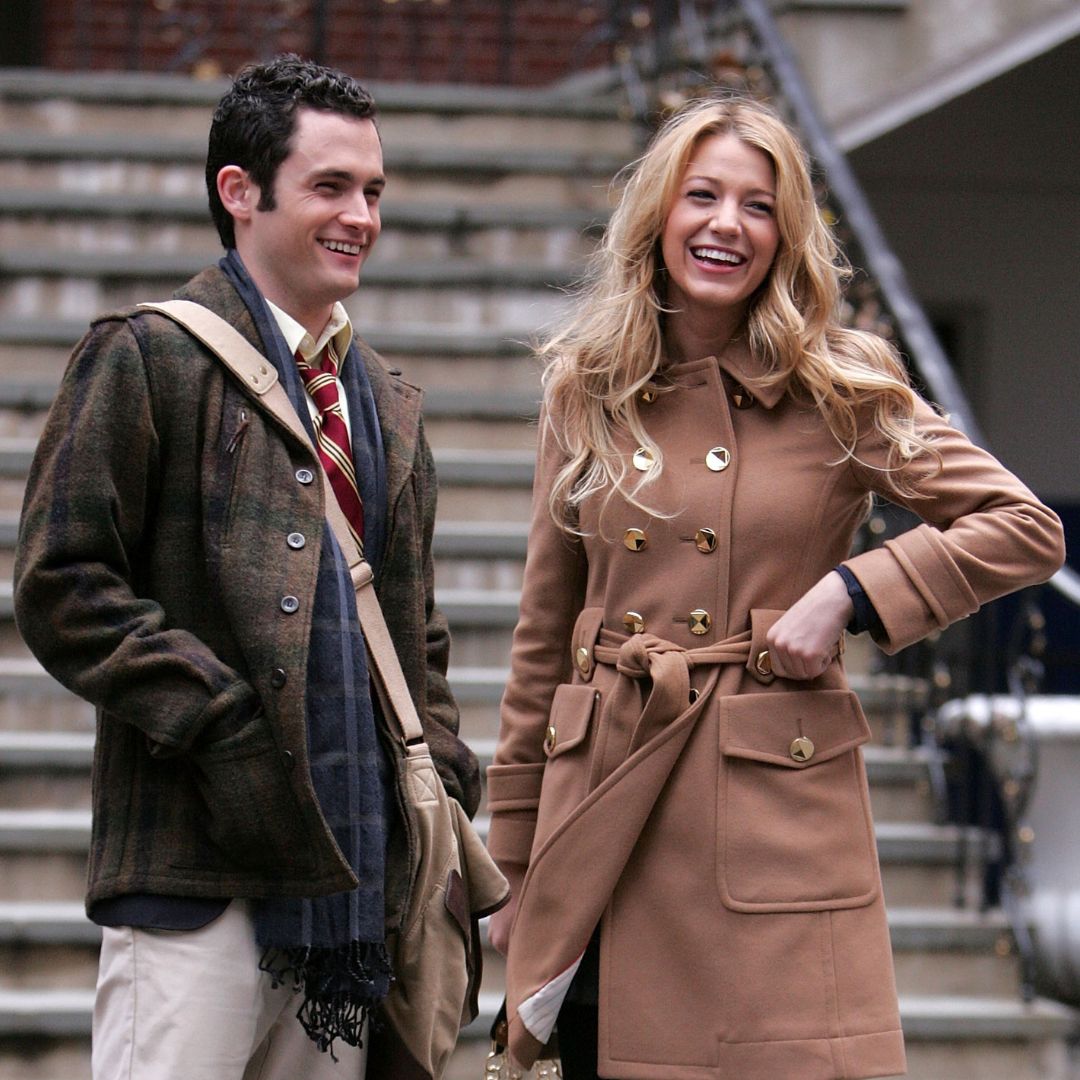 Penn Badgley and Blake Lively kept their breakup a secret from the Gossip Girl cast and crew - here's what we know about their former relationship
Penn Badgley and Blake Lively kept their breakup a secret from the Gossip Girl cast and crew - here's what we know about their former relationshipBy Jenny Proudfoot
-
 Spring has finally sprung - 6 best outdoor workouts that are totally free and boost both body and mind
Spring has finally sprung - 6 best outdoor workouts that are totally free and boost both body and mindSoak in the nature and boost Vitamin D *and* endorphins.
By Anna Bartter
-
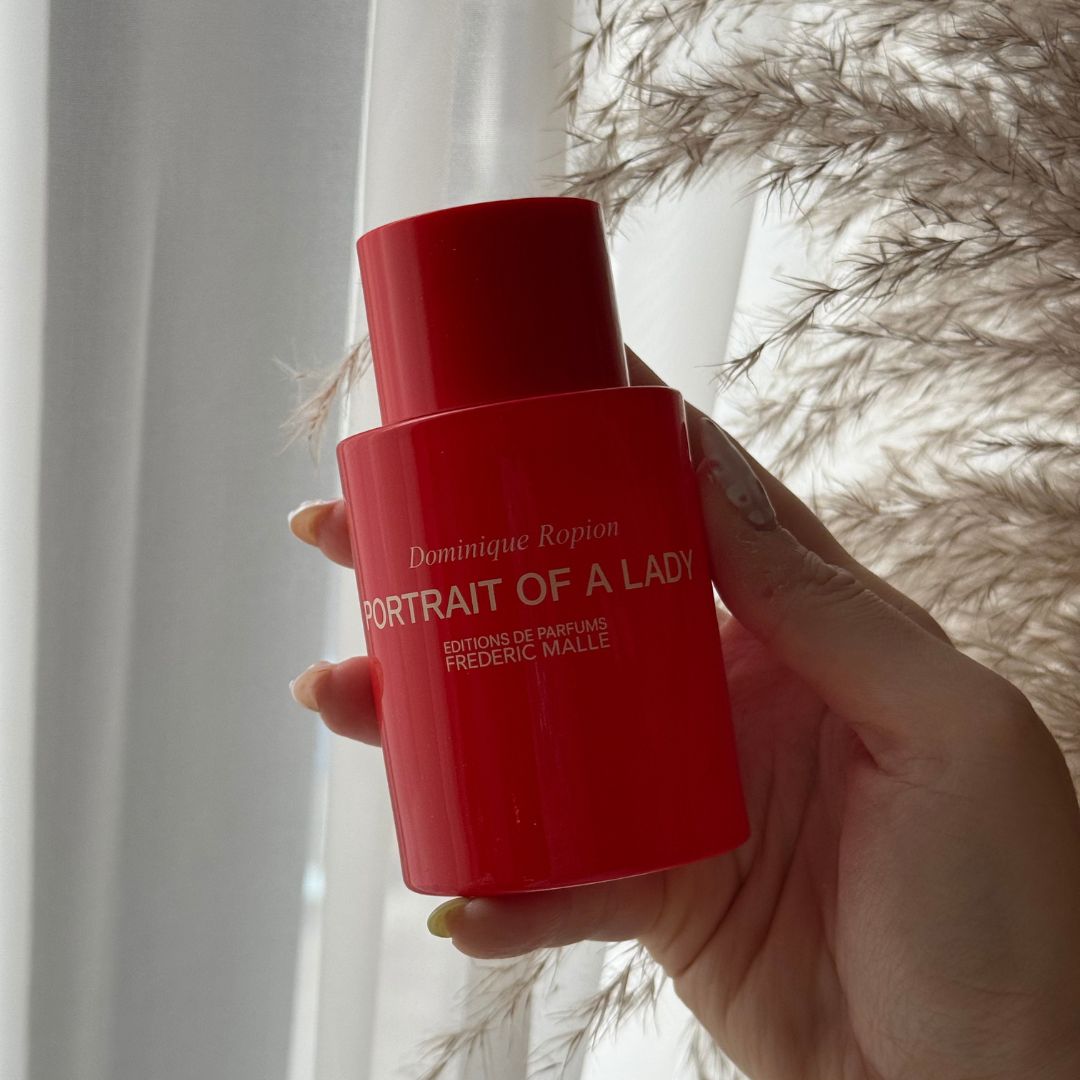 This iconic rose perfume is a compliment magnet—it makes me feel ‘put together’ after just one spritz
This iconic rose perfume is a compliment magnet—it makes me feel ‘put together’ after just one spritzGrown-up and elegant, yet not at all dated.
By Denise Primbet
-
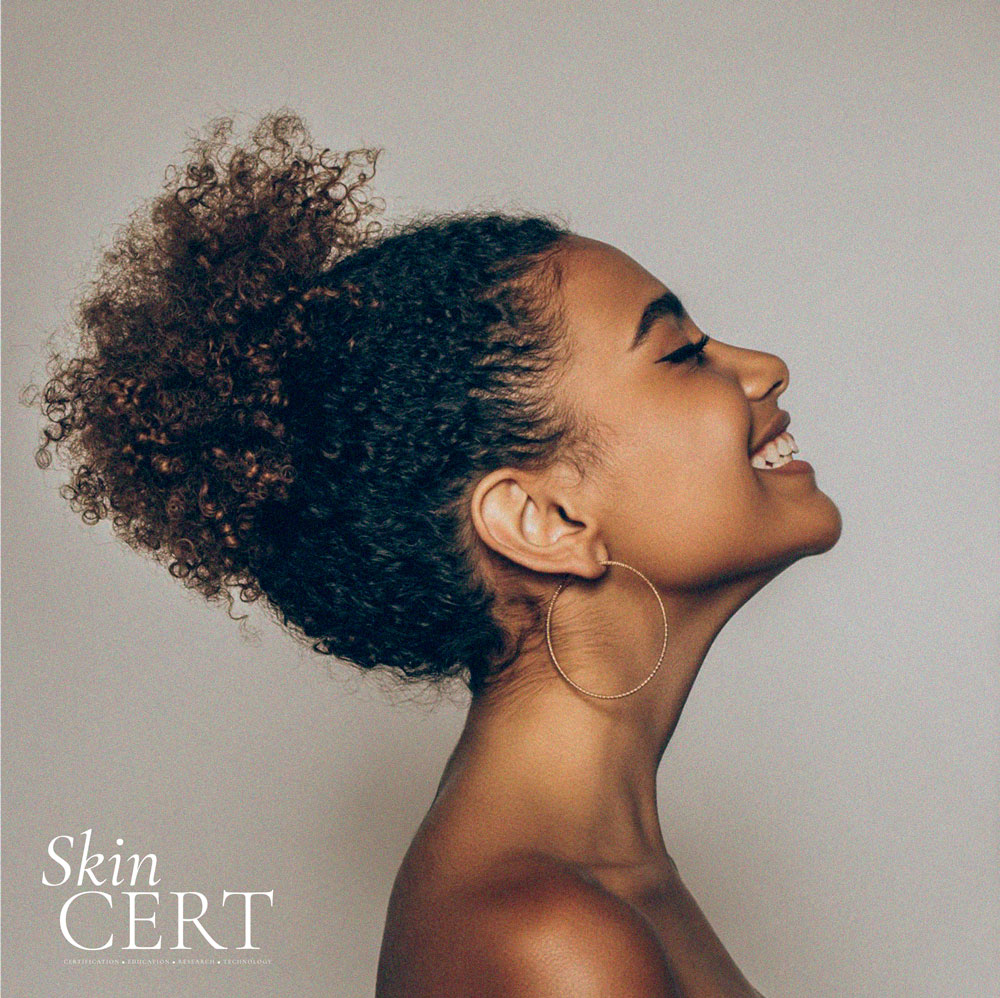 Silicones in skincare have become demonised, but experts say the benefits shouldn't be overlooked
Silicones in skincare have become demonised, but experts say the benefits shouldn't be overlookedThere are pros and cons to everything
By Shannon Lawlor
-
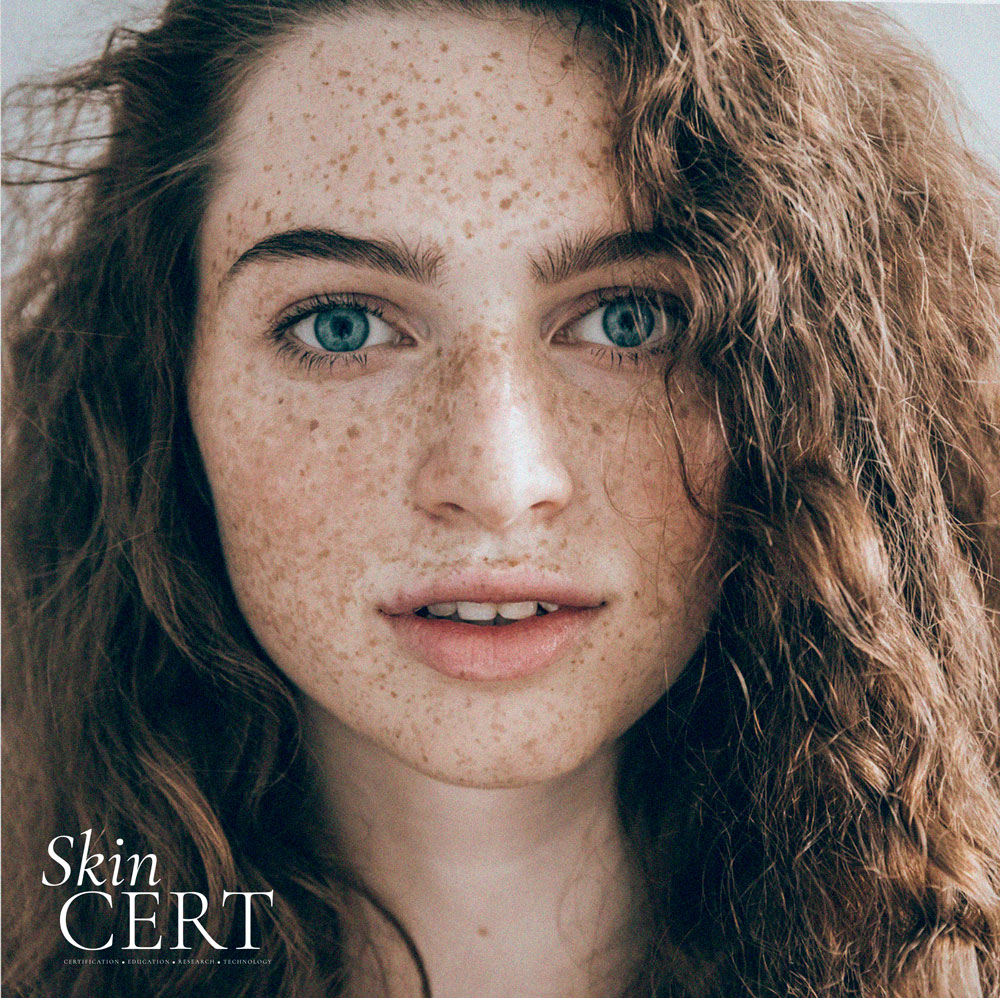 Assumed SPF in foundation was sufficient protection? You'd better think again—here's why
Assumed SPF in foundation was sufficient protection? You'd better think again—here's whyTime to bust some beauty myths
By Grace Lindsay
-
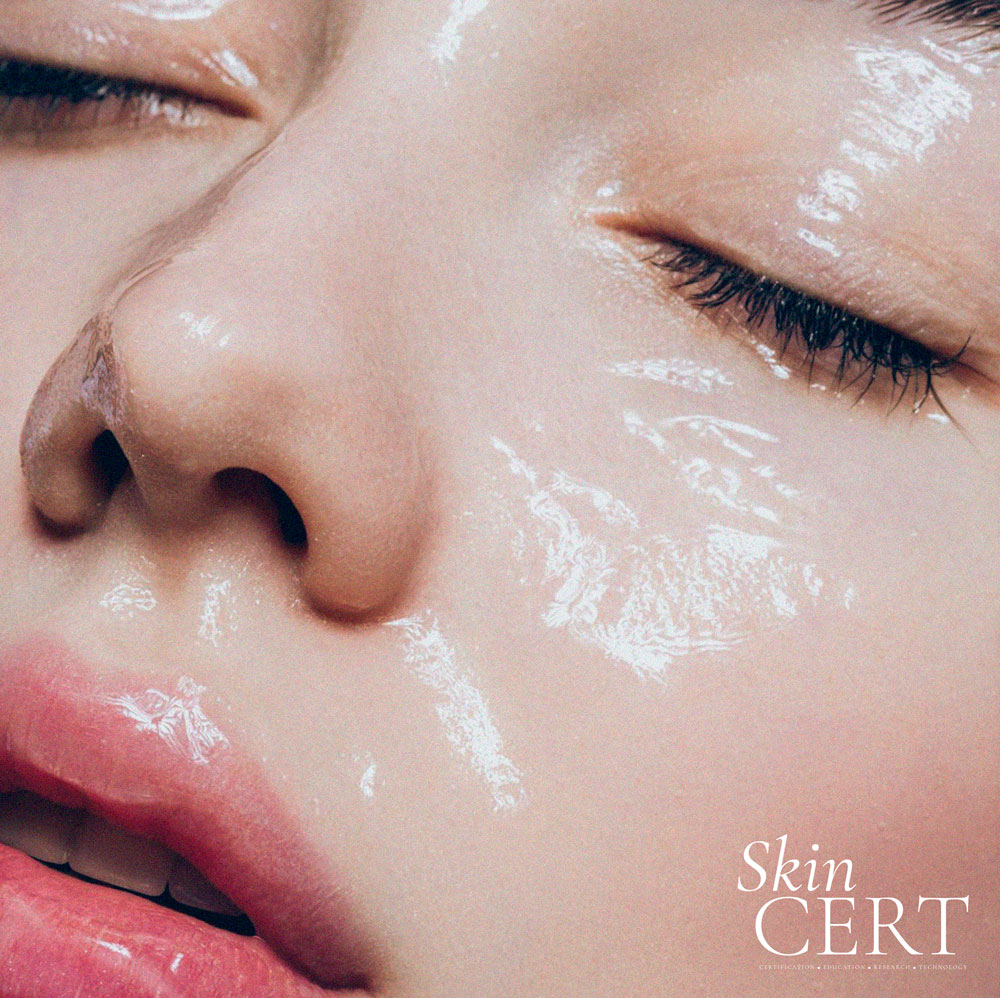 When your make-up is slipping off throughout the day, these simple skincare changes will help
When your make-up is slipping off throughout the day, these simple skincare changes will helpIt makes sense when you think about it
By Grace Lindsay
-
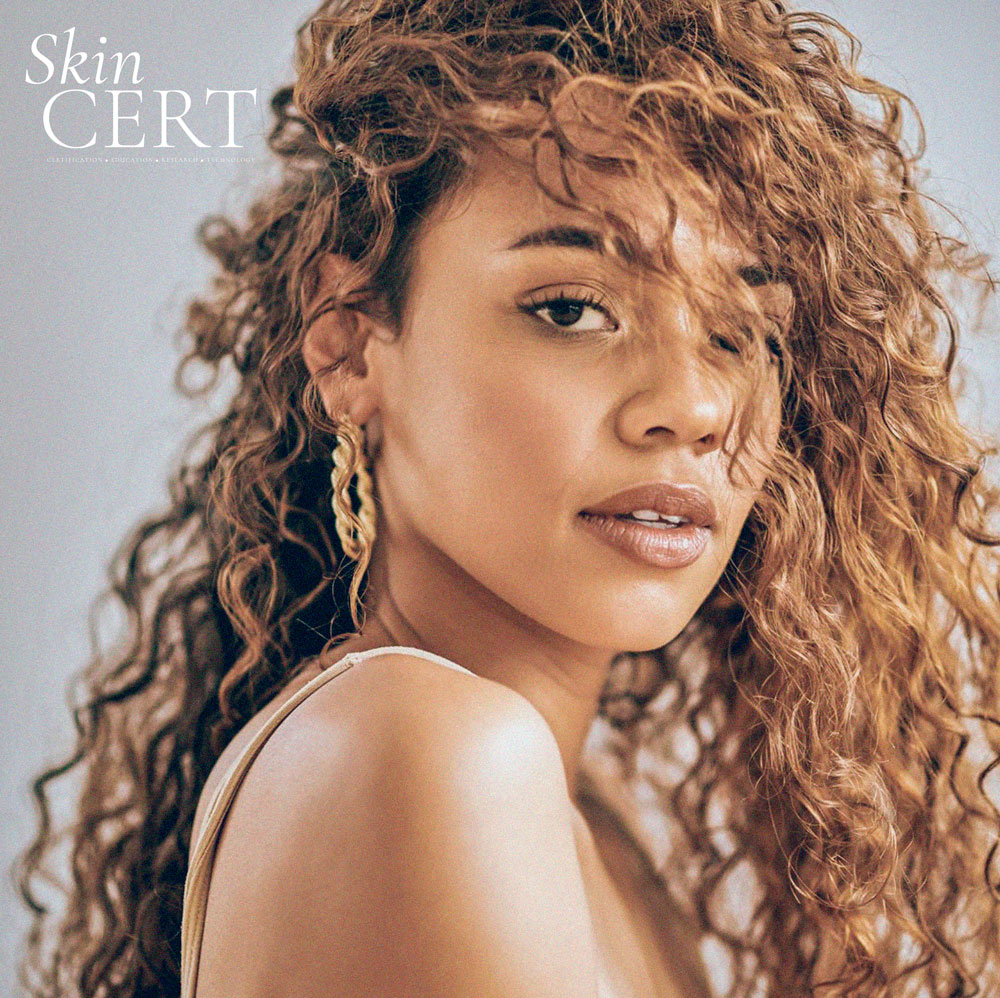 If you're after no-make-up make-up, these skincare-infused serum foundations are worth knowing about
If you're after no-make-up make-up, these skincare-infused serum foundations are worth knowing aboutAnd they're perfect for foundation-haters
By Shannon Lawlor
-
 Simplify your skincare routine in 4 easy steps – for three different skin types
Simplify your skincare routine in 4 easy steps – for three different skin typesIn partnership with Superdrug
By Cat Hufton
-
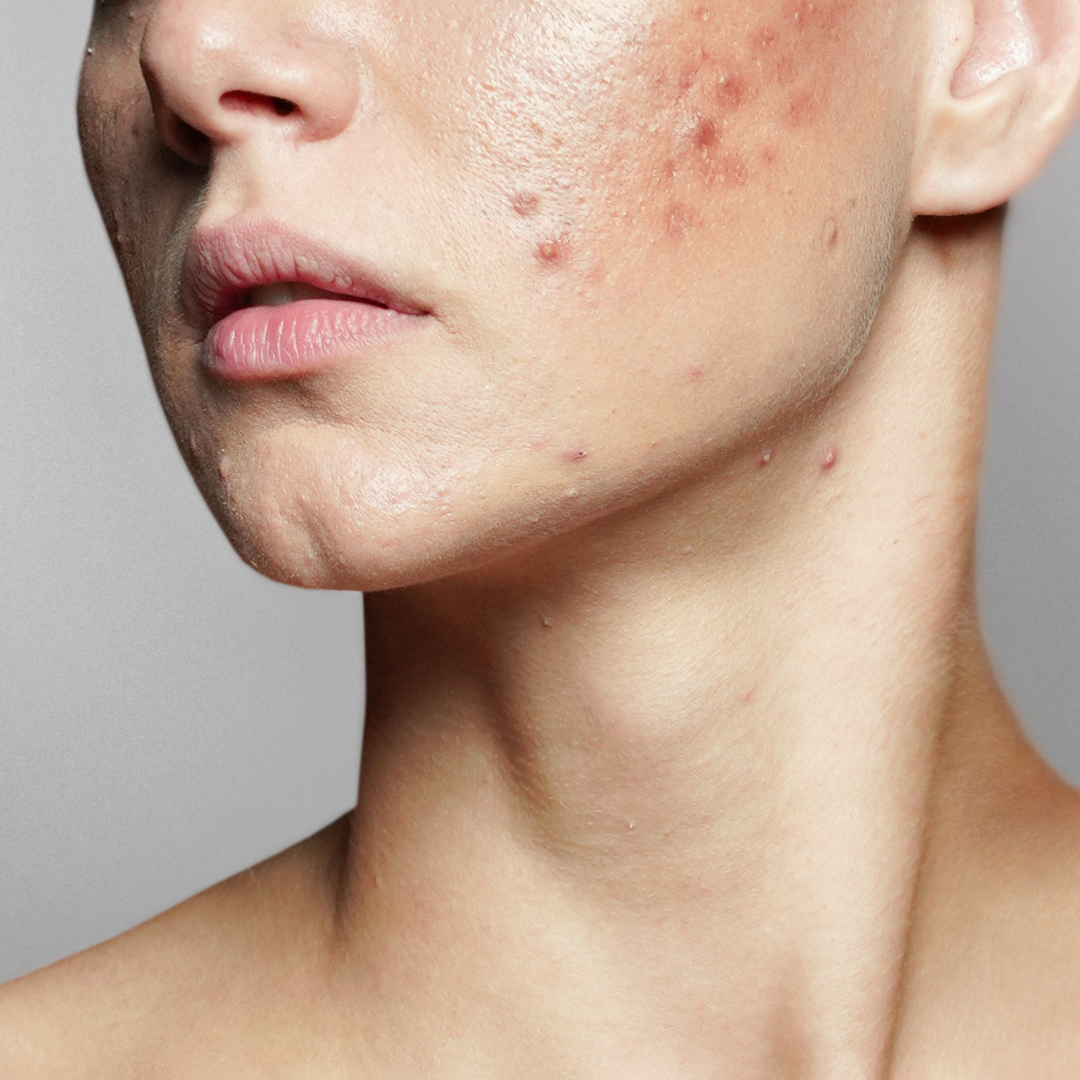 I didn’t think a retinoid would help my acne – here’s why I was wrong
I didn’t think a retinoid would help my acne – here’s why I was wrongTwo months later, I’ve learned a lot
By Alice Barraclough
-
 Consider this your 101 guide to the different types of acids for your skin
Consider this your 101 guide to the different types of acids for your skinThink you know your skincare acids?
By Alice Barraclough
-
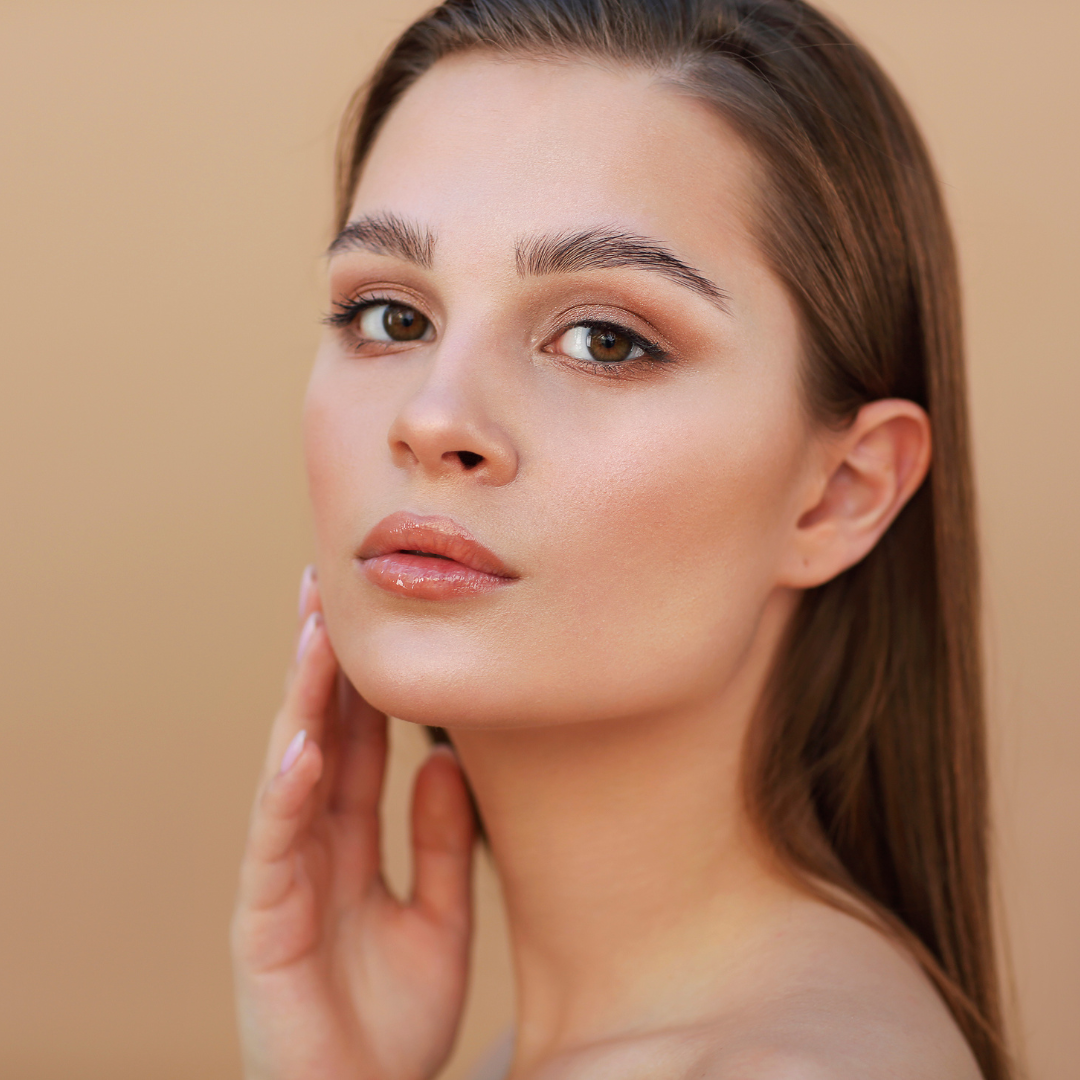 Hyaluronic acid is the super hydrator your dull skin might be craving—here's what you should know
Hyaluronic acid is the super hydrator your dull skin might be craving—here's what you should knowIt's a go-to for glowing skin
By Alice Barraclough